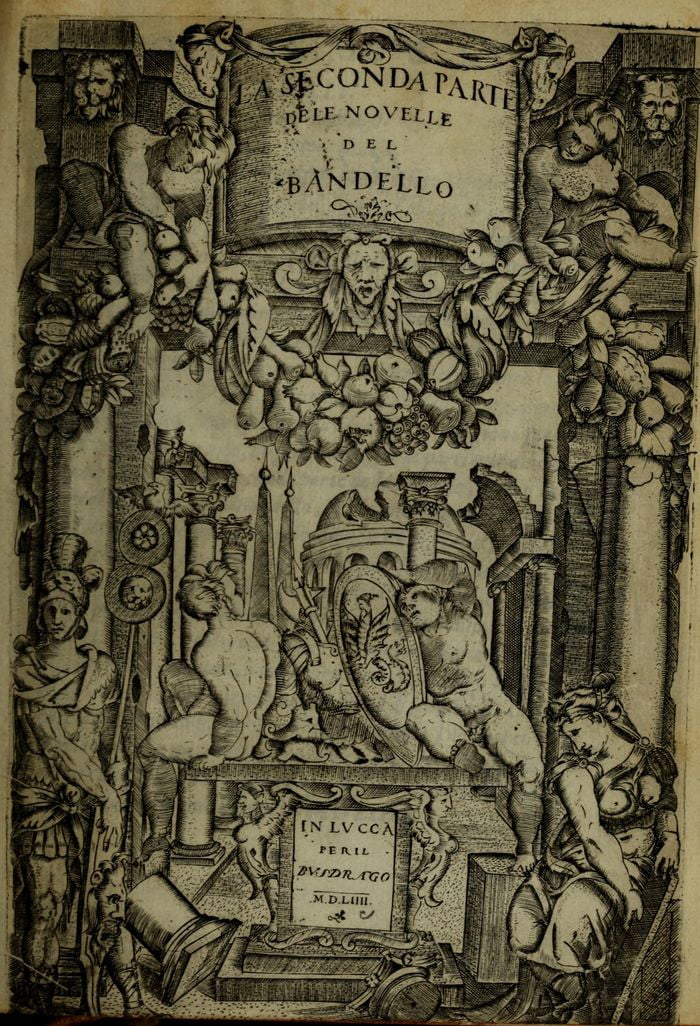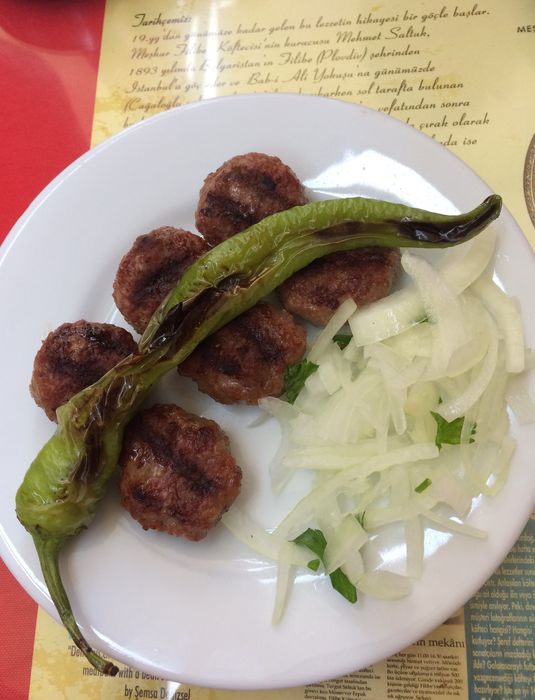Clothing varied by climate. The Roman toga was long gone except as a form of fancy dress for a very few. Tunic and cloak were the usual combination, with the brooch as a standard form of ostentatious jewelry for both sexes. Women were covered down to the ground, while men wore shorter tunics, for the Gaulish fashion for trousers had been thought effeminate and never caught on. Women covered their hair for ceremony but not for every day. People who wore the coarser fabrics of the western Mediterranean and Europe envied easterners their linens and finer wools. The wealthy were avid for silk but sometimes settled for cotton imported from India.
The rich were different, of course. They lived in stone more often than mud and wood, and in finer stone or even marble more often than rough granite. They used leather, wool, fur, and fabric coverings and hangings to make their upscale stone less cold and hard. The elegant Sidonius describes a dining couch covered with fabric depicting hunted beasts with their dripping blood picked out in scarlet thread.14 At the same dinner Shrinking dramatically, snowy linen draped the table, and bouquets and garlands of flowers flooded the room with color and fragrance.
Glittering mosaics
The rich could be surrounded by glittering mosaics, in which glass- work of remarkable quality supplemented genuine cut stones. Gold and silver were treasures of choice, with silver also serving for tableware. Jewelry and tableware made excellent repositories of wealth because they were so easily hidden or sold in emergencies. So about twenty-five years ago a dazzling treasure dating from around 400 was discovered, perhaps in Hungary. It consists of exquisite silver tableware—cups, bowls, spoons, plates, all in a copper kettle that had protected them, evidence of a lavishness that few rival even today.15 Ivory was easier to come by than the precious metals, and from about 400 to 700 we have remarkable examples of decorative objects in ivory of every kind. Remains of ambitious ivory workshops have been discovered on the Palatine hill in Rome and outside Alexandria in Egypt.
If you were rich, your hands were smooth, most likely manicured, and you perspired only when you chose to exert yourself in some fasionable way. Public bathing was fading from fashion, however, and the old bath complexes fell into disuse in the fifth and sixth centuries. (Ancient public bathing, a custom that survives in the hammams of Near Eastern souks today, was thought decadent and too likely to tempt bathers from the sexual straight and narrow, and so Christians turned away from the practice.) Thus people generally smelled a little riper than they do nowadays.








